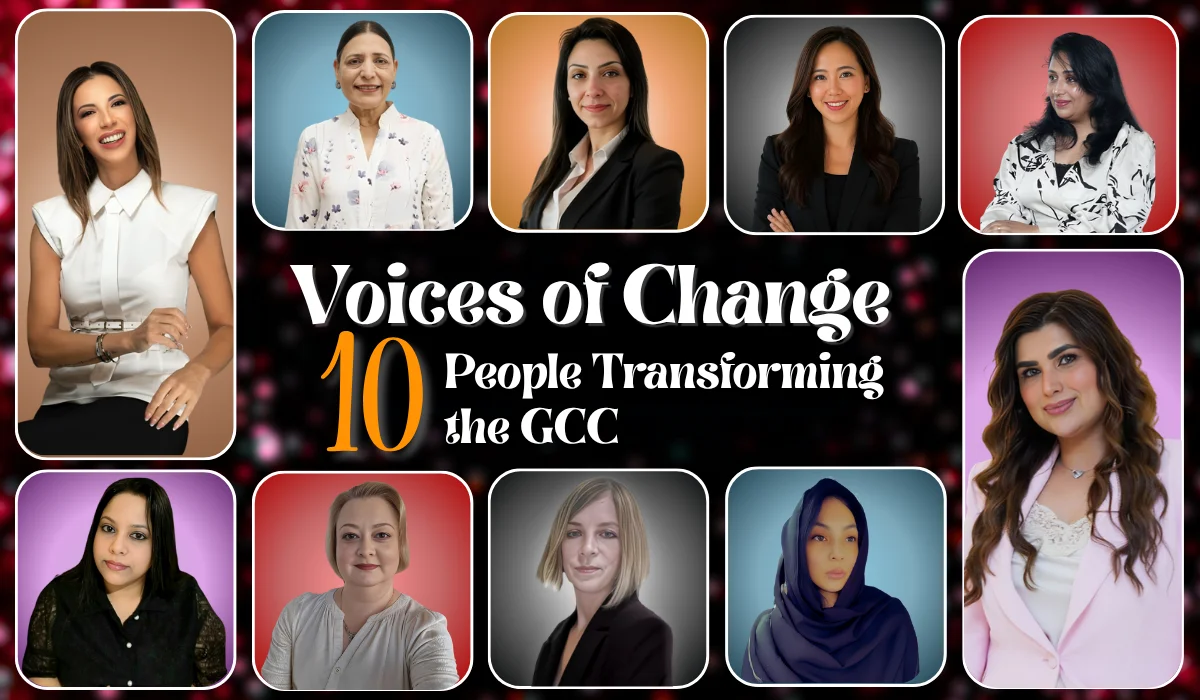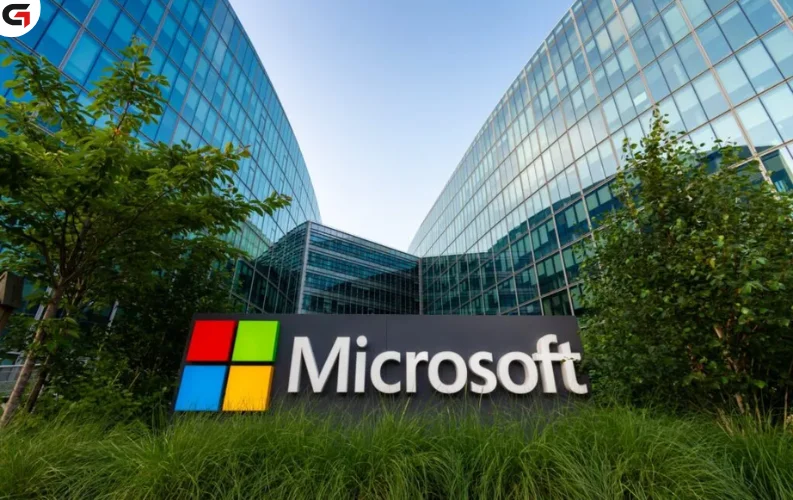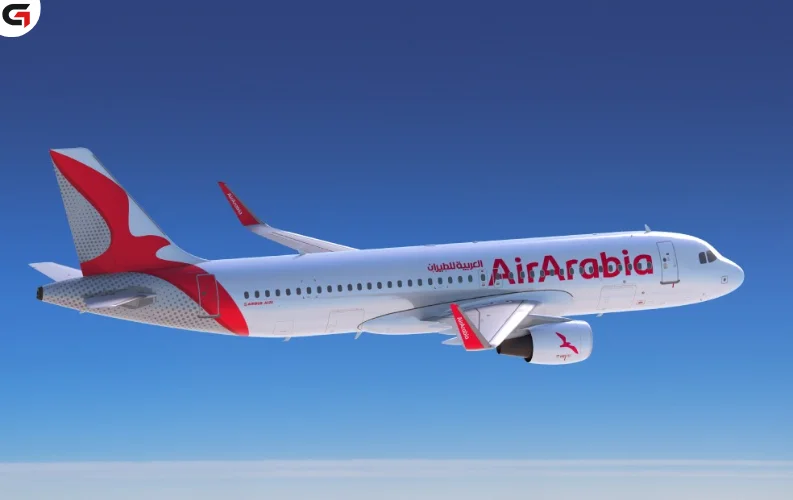Oman’s Golden Visa program is quickly gaining momentum among international investors, with growing interest in long-term residency options tied to property and business investment. The Gulf nation, known for its understated policy rollouts, is now emerging as a serious player in the global investment residency landscape.
The United States-style “Golden Visa” initiative offers two key residency pathways: a five-year renewable visa and a ten-year long-term visa, both available through specific investment thresholds. For a five-year residency, the required minimum investment is 250,000 Omani riyals, while a ten-year visa demands an investment of at least 500,000 Omani riyals. Investors can channel funds into real estate, limited liability companies, public joint-stock firms, or government bonds. Alternatively, creating a business that employs at least 50 Omani nationals also qualifies for the 10-year visa, even without a minimum capital requirement.
Retirees are also eligible for the five-year visa if they demonstrate a minimum monthly income of 4,000 Omani riyals. Applicants must be at least 21 years old and have no history of deportation from Oman. All applications are processed through Oman’s Ministry of Commerce, Industry, and Investment Promotion, with final approval resting with the Royal Oman Police.
Industry experts say the Golden Visa program has given a timely boost to Oman’s property market. Recent redevelopment plans for Salalah, a popular southern coastal city, are a cornerstone of this momentum. These plans are designed not only to attract tourists but to position Salalah as a long-term lifestyle destination for foreign residents.
“The Salalah re-development is nothing short of a generational makeover for Oman,” said an investment advisor specializing in high-net-worth clientele. “It offers global investors a new kind of destination—less crowded, more serene, and deeply rooted in culture.”
Oman’s real estate laws allow foreigners to own property within Integrated Tourism Complexes (ITCs), with ownership granting automatic residency for buyers and their immediate families. While Oman remains a niche market compared to real estate hubs like Dubai and Abu Dhabi, investors are drawn by rental yields of 5–8% and long-term lifestyle value.
“Oman is more suited for long-term investments,” said Aakarshan Kathuria, CEO of RiseUp. “It offers a peaceful lifestyle, scenic developments, and decent rental income—but resale liquidity in the secondary market can be slower.”
Among the standout real estate opportunities are:
-
Al Mouj Muscat, a high-end waterfront community offering luxury villas and marina access, with properties priced between 500,000 and 2 million Omani riyals.
-
Jebel Sifah, a resort development 45 minutes from Muscat, where a three-bedroom villa is listed at approximately 212,000 Omani riyals.
-
AIDA, a premium development nestled between the mountains and the sea, with entry-level prices starting at 128,000 Omani riyals.
As Oman seeks to diversify its economy and reduce dependence on hydrocarbons, programs like the Golden Visa are expected to play a key role in attracting sustainable foreign investment. The nation’s evolving policies, along with its natural appeal and stable governance, are making it an increasingly attractive destination for global investors looking for long-term value.






















